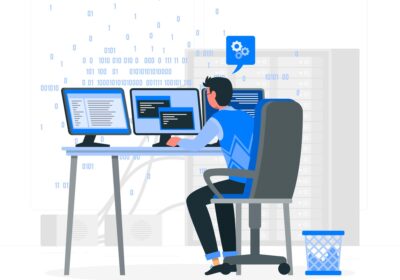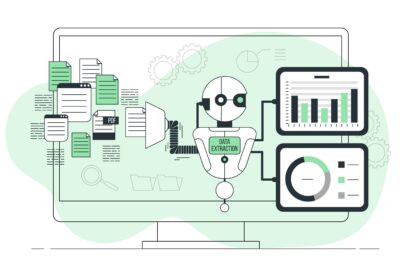Ask any engineering leader in 2025 what keeps them up at night, and you’ll hear the same thing: developer velocity.
But here’s the catch: velocity doesn’t come from pushing developers to move faster. It comes from removing the friction that slows them down.
That’s where Developer Experience (DX) comes in.
We’re entering an era where DX isn’t just an engineering concern—it’s a competitive differentiator. The best teams aren’t just optimizing products for users. They’re optimizing tools, workflows, and environments for developers.
Because when you get DX right, velocity follows. And when velocity is high, great products happen.
What is Developer Experience, Really?
Developer Experience (DX) is everything that impacts how developers build, test, deploy, and operate software. It spans:
-
Tooling and environments
-
Documentation and onboarding
-
CI/CD workflows
-
Testing frameworks
-
Inner source practices
-
Feedback loops and observability
In short: DX is how it feels to get things done as a developer inside your company.
And just like UX, better DX equals lower friction, higher satisfaction, and faster outcomes.
Why DX is the New Product-Market Fit
Once upon a time, finding product-market fit was the holy grail. But now, delivering fast enough to keep up with users is just as critical.
Here’s why DX is the new PMF:
-
Developer churn is real
Burned-out devs leave. A poor DX leads to attrition, knowledge loss, and slow ramp-ups. -
Velocity is a compounding advantage
The faster your team ships (without breaking things), the more you learn and iterate. -
Top talent demands great tooling
Great devs won’t tolerate duct-taped pipelines, flaky tests, or YAML jungles. They want environments where they can thrive. -
Engineering enables business agility
If your dev team is blocked, your business is blocked.
Core Pillars of a Great DX Strategy
To create a world-class developer experience, focus on these levers:
1. Streamlined Tooling
Consolidate, standardize, and automate common workflows. Fewer tools, better integrations.
2. Frictionless CI/CD
CI should be fast and predictable. CD should be safe and reversible. No one should fear deployments.
3. Self-Serve Infrastructure
Empower developers to provision environments and deploy services without waiting for ops.
4. Inner Source Culture
Encourage discoverability, documentation, and reuse across teams. Make internal code feel like open source.
5. Actionable Observability
Telemetry isn’t enough. Developers need context-rich logs, traces, and metrics integrated into their flow.
6. Fast Feedback Loops
Instant feedback in local dev, CI pipelines, code reviews, and production incidents helps devs learn and improve quickly.
DX is a Business Strategy
Good Developer Experience isn’t just about happier engineers (though that matters). It’s about:
-
Faster time to market
-
Fewer bugs in production
-
Higher retention of top talent
-
More reliable releases
In 2025, the companies winning in tech aren’t just the ones with the best product ideas. They’re the ones with the best internal product for developers.
Want to audit and upgrade your DX? At Verbat, we help engineering orgs build scalable DX strategies and platforms that drive real developer velocity.




